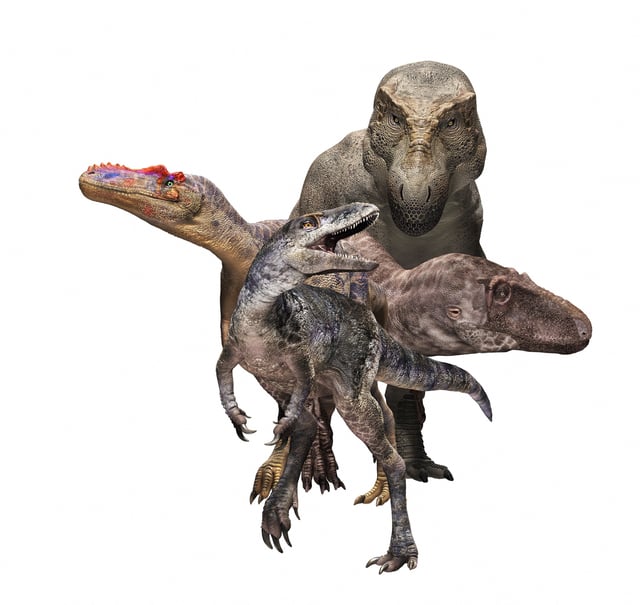Overview
- Two partial skeletons originally unearthed in the 1970s in Mongolia have been reexamined by paleontologists Jared Voris and Darla Zelenitsky, leading to identification of a new species named Khankhuuluu mongoliensis.
- Living about 86 million years ago, Khankhuuluu was a 4-meter-long, 750-kilogram predator that fills a critical size gap between early small tyrannosauroids and later colossal species.
- Phylogenetic analysis positions Khankhuuluu just outside the Eutyrannosauria, exhibiting transitional features like longer forearms and a lightly built skull lacking adult tyrannosaur crests.
- Researchers conclude that tyrannosauroid ancestors crossed a land bridge from Asia to North America around 85 million years ago, where they evolved into the massive tyrannosaurs.
- Published in Nature, the study reshapes understanding of tyrannosaur family history by filling a long-standing fossil gap and detailing their early diversification and migration patterns.



